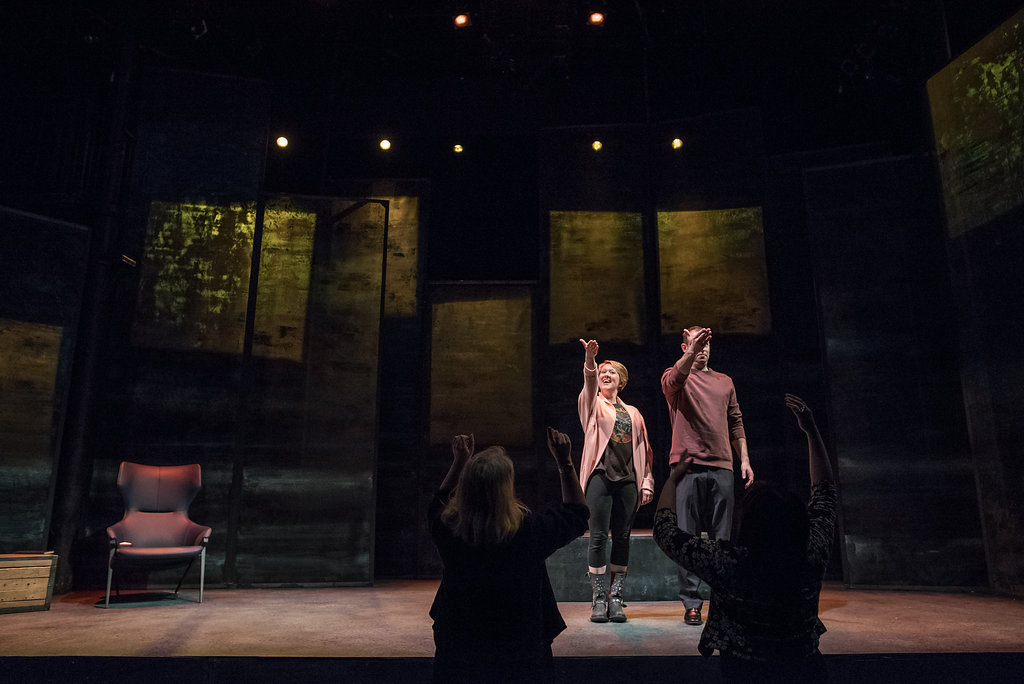There are numerous appropriate attention getting behaviors in keeping with Deaf community etiquette.
They are naturally visual or can be felt:
- tapping on the shoulder and or responding to taps
- waving hands to gain attention when a person is at a distance
- asking someone to tap another person near them when you are beyond his or her reach
- flashing the light in a room to get a group’s attention
- stomping with one foot on the floor. Of course this depends on whether it causes any vibration. It will be clear if this is an effective technique by whether you get a response. If you don’t get a response then try one of the other techniques.
Establishing eye contact before initiating conversation and maintaining eye contact while communicating is critical etiquette since ASL is a visual language. To the Deaf community, looking away, even momentarily, would be equivalent to hearing people covering their ears while listening to another hearing person. Informing other Deaf people of announcements that have been made in their absence is another typical behavior found in the Deaf community as well as informing others when and why you are about to leave a room for a short while.
When a hearing individual is engaging with a Deaf individual with an ASL Interpreter facilitating these communications, it is important to maintain eye contact with the Deaf individual rather than converse directly with the ASL Interpreter…
Social rules that are considered good etiquette in the Deaf community include hugging when greeting and introductions with detailed descriptions that establish an individual’s connection or standing in the Deaf community; leave taking tends to include long drawn out good byes as the Deaf community is separated geographically and time together is cherished and held onto as long as possible.
Another wonderful social ritual is waving hands for applause. This has a touching visual impact for both Deaf and hearing audiences, cast, crew and participants of any cultural event.


The “group” or collective is highly valued in the Deaf community. Shared experience, checking in with one another and advocating for one another is part of this collective way of being and is an important feature of the community. This value of the collective is set within a context of theatre etiquette that highly values the hierarchy of the theatre community. When Deaf and hearing cast and crew work together it is important to establish lines of communication that are respectful of both the theatre’s hierarchical lines of communication and the Deaf community’s etiquette for working collectively. A Deaf Community Consultant can be very helpful for ensuring positive communication and cross-cultural interaction in the theatre setting. See Production Cycle Module (Pre-Production) for further discussion on the role of the Deaf Community Consultant.

